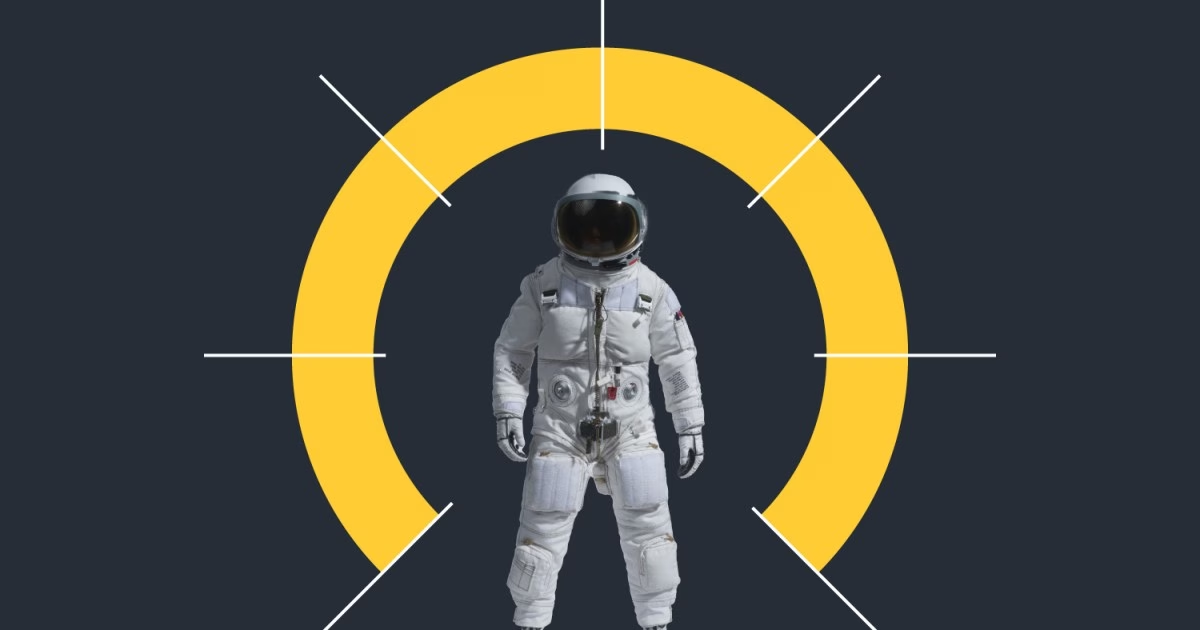Nine months in space can have a lasting impact on the human body, affecting astronauts Sunita Williams and Barry Wilmore and potentially leading to long-term health issues.
Record Holders for Time in Space
While the ISS orbits at an altitude of 354km (220 miles), far less than the 225 million kilometres (140 million miles) to Mars, the race to outdo records for lengthy spaceflight continues. Frank Rubio set the mark for the longest NASA space mission, surpassing a year on the ISS. Valeri Polyakov, a Russian cosmonaut, still holds the record at 437 days spent aboard the Mir space station.
SpaceX Crew-9 Mission Landing
Williams and Wilmore, along with cosmonaut Aleksandr Gorbunov, returned to Earth aboard the SpaceX Dragon spacecraft. They landed off the coast of Florida, after undocking from the ISS, completing a challenging mission.
Impact of Space on Human Health
Prolonged exposure to microgravity leads to muscle and bone degradation, fluid shifts, and increased radiation exposure. These health risks can result in cancer, cognitive decline, and other long-term effects.
Recovery of the Human Body upon Return to Earth
Coming back to Earth is not a quick fix for the body’s adaptation to space. It takes time for the body to readjust to Earth’s gravity, confronting astronauts with balance problems and cardiovascular issues. The recovery process is gradual and incomplete.








